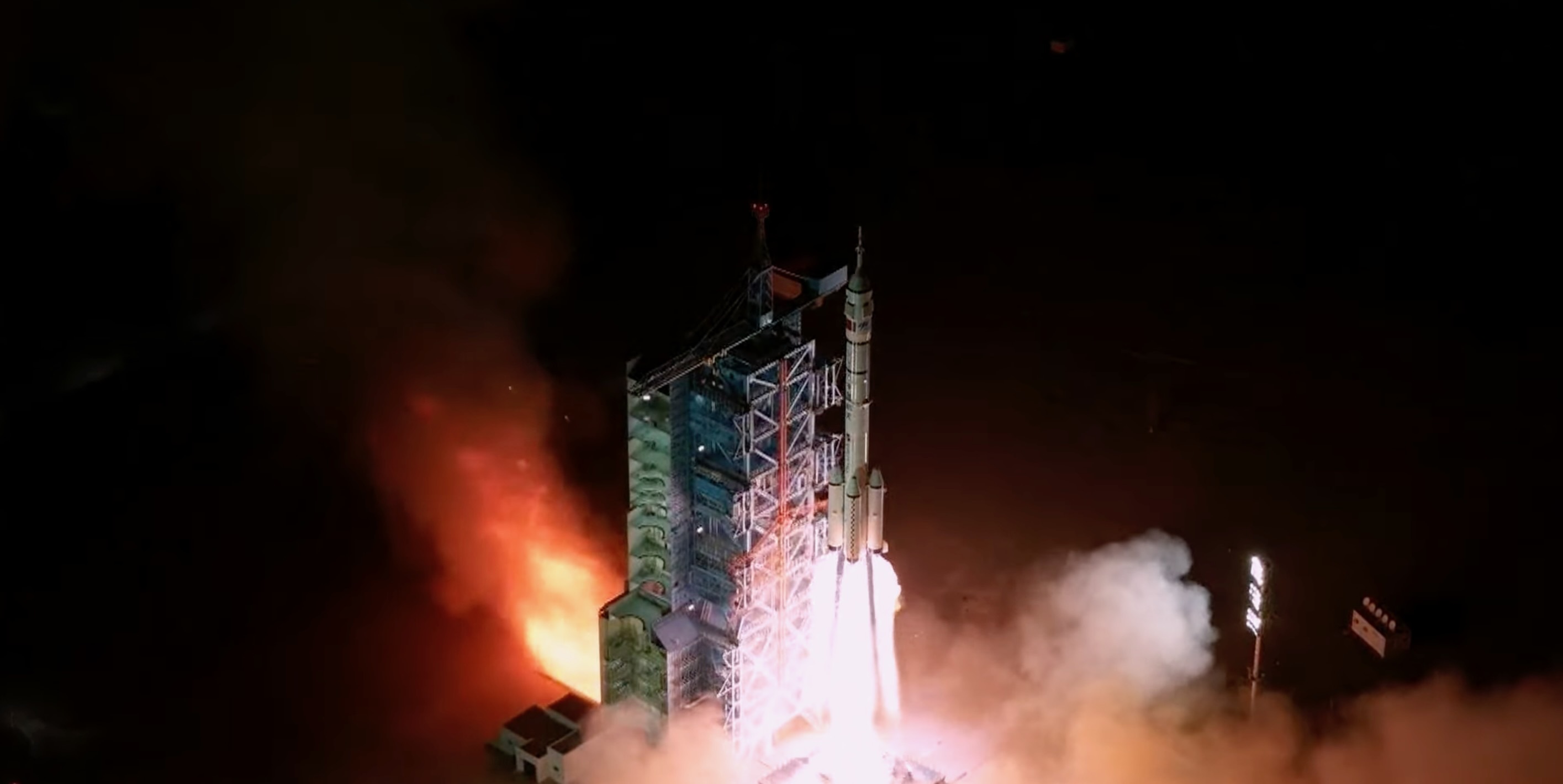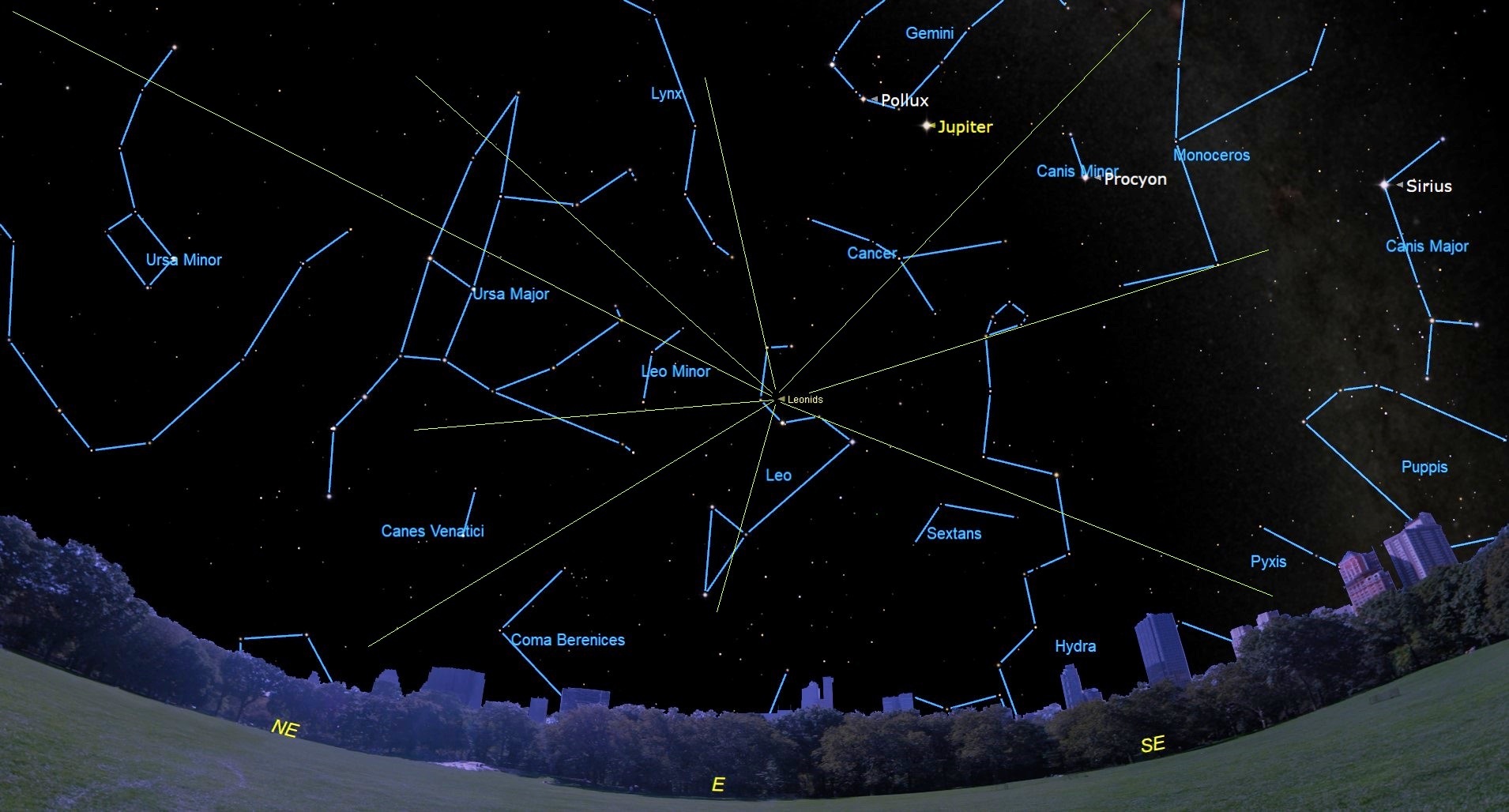China's Shenzhou 21 astronauts are stranded aboard the Tiangong space station — for now
China will likely launch a new spacecraft for the taikonauts soon.

If an emergency arises aboard China's Tiangong space station in the next few days, its three astronaut residents could be in trouble.
That trio — members of the Shenzhou 21 mission — arrived at Tiangong on Oct. 31 for a six-month stay. But their planned ride home is already gone. On Thursday night (Nov. 13), the Shenzhou 21 spacecraft carried three different astronauts away from the station — members of the Shenzhou 20 mission, whose own vehicle was deemed unfit to carry people back to Earth after being damaged by a space-debris strike.
So the Shenzhou 21 astronauts are currently living on Tiangong without a reliable lifeboat. The good news is, this somewhat dicey situation should be very temporary.
China keeps a Long March 2F rocket and Shenzhou spacecraft "in a state of near readiness" at Jiuquan Satellite Launch Center as a matter of policy during crewed missions, as SpaceNews' Andrew Jones noted. If something goes wrong on Tiangong, this standby lifeboat can be launched to the station as little as 8.5 days later.
That countdown has likely already begun for the Shenzhou 21 crew, as the lack of a safe ride home definitely qualifies as a contingency.
Indeed, Chinese space officials have already said that the Shenzhou 22 spacecraft will be launched to Tiangong (presumably without anyone on board). They didn't give a timeline, saying only that the liftoff will occur "at an appropriate time in the future."
But it's safe to assume that launch day is near; the nation surely doesn't want to expose its astronauts to any more risk than is necessary, and every day spent in orbit without a lifeboat is a risk.
Breaking space news, the latest updates on rocket launches, skywatching events and more!
The Shenzhou 21 astronauts' plight calls to mind the experience of NASA astronauts Butch Wilmore and Suni Williams, who flew to the International Space Station (ISS) in June 2024 on the first-ever crewed mission of Boeing's Starliner capsule.
Starliner suffered helium leaks and thruster issues on the way up, and NASA eventually decided to bring the spacecraft back to Earth uncrewed. That happened without incident in September 2024.
Wilmore and Williams, meanwhile, continued living on the ISS until this past March, turning a planned 10-day mission into a nearly nine-month affair. They eventually came home on a SpaceX Crew Dragon capsule along with fellow NASA astronaut Nick Hague and cosmonaut Alexandr Gorbunov.
But the Shenzhou 21 astronauts are in a more precarious spot at the moment than Wilmore and Williams ever were. There were always non-Starliner lifeboats docked to the ISS during the NASA astronauts' orbital stay, and they could have squeezed into one of these craft for a cramped ride home if something had gone terribly wrong on the ISS.
That doesn't seem to be an option for Tiangong's current residents: The Shenzhou 20 spacecraft, the only crew-capable vehicle docked to the station at the moment, sports tiny cracks in one of its windows thanks to the debris strike.
"The Shenzhou-20 spacecraft does not meet the requirements for the astronauts' safe return and will remain in orbit to continue relevant experiments," the state-run Xinhua news outlet reported on Thursday, citing information from the China Manned Space Agency.
Shenzhou 21 is the 10th crewed mission to Tiangong, a three-module station that's about 20% as massive as the ISS.
The mission consists of commander Zhang Lu, 48, who also flew on Shenzhou 15 in 2022, and two spaceflight rookies, Zhang Hongzhang and Wu Fei. Wu has the distinction of being the youngest member of China's astronaut corps.

Michael Wall is a Senior Space Writer with Space.com and joined the team in 2010. He primarily covers exoplanets, spaceflight and military space, but has been known to dabble in the space art beat. His book about the search for alien life, "Out There," was published on Nov. 13, 2018. Before becoming a science writer, Michael worked as a herpetologist and wildlife biologist. He has a Ph.D. in evolutionary biology from the University of Sydney, Australia, a bachelor's degree from the University of Arizona, and a graduate certificate in science writing from the University of California, Santa Cruz. To find out what his latest project is, you can follow Michael on Twitter.
You must confirm your public display name before commenting
Please logout and then login again, you will then be prompted to enter your display name.
